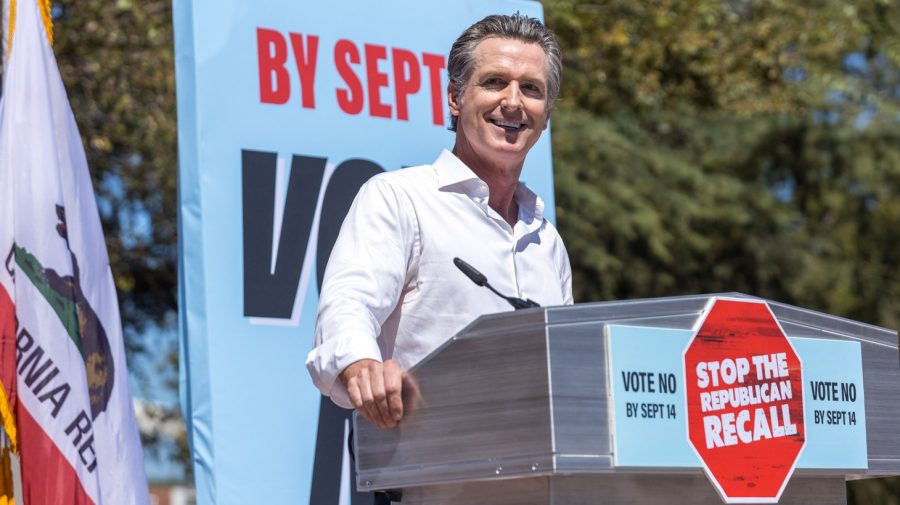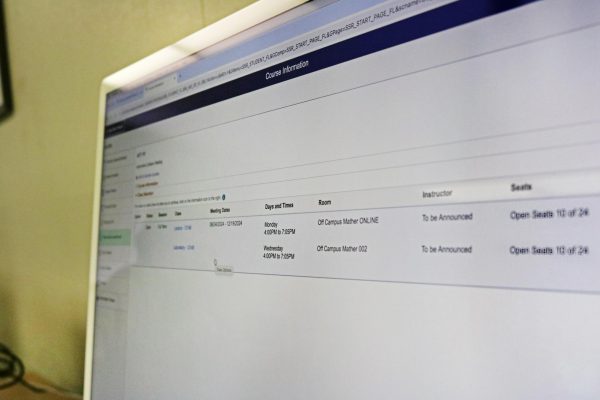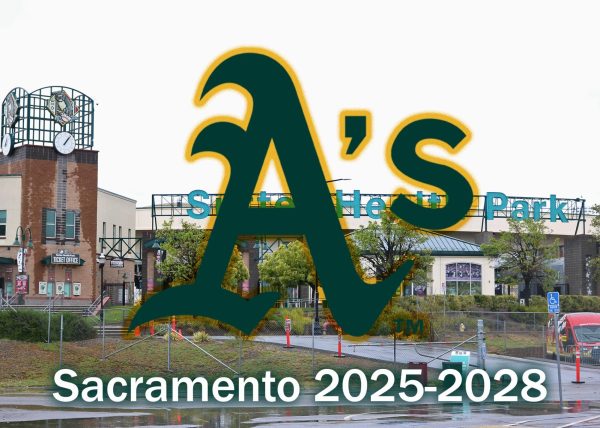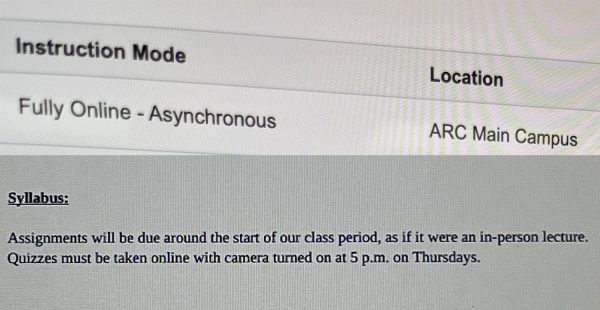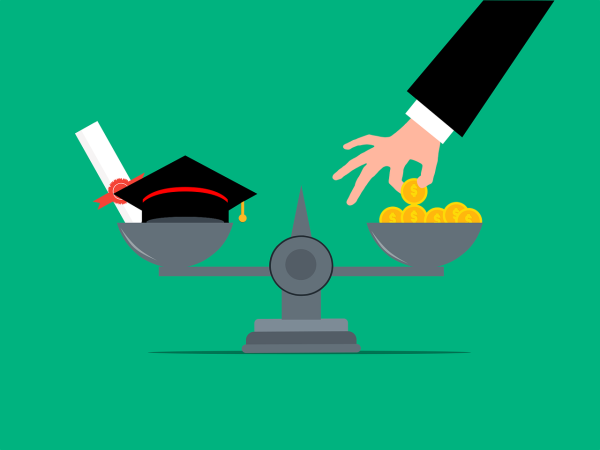California’s recall election process needs an update
The state’s recall procedure means that only 3.8% of the population can impose its will
The election to recall California Gov. Gavin Newsom, pictured at American River College on May 1, 2019, was a controversial and unfair procedure. (Photo by Patrick Hyun Wilson)
On Sept. 14, California held a recall election to replace Gavin Newsom as governor. The election, which failed, showed there is a loophole in the recall law. A loophole that shows the tyranny of a very small minority over the majority of society.
The result of the vote changed nothing. The voting process was a time waste for government employees, a time waste for voters, and a waste of taxpayers’ money.
A lot of unjust things happened in this attempted recall of Newsom. First, the number of signatures that led to a recall was low. The law requires proponents of the recall to gather a minimum of 1,495,709 valid petition signatures to qualify for the ballot, according to the Elections and Voter Information guide.
As of July 1, 2019, California’s population was 39,512,223, according to the United State Census Bureau. That means that only 3.8% of the population can impose its will on the majority of the state.
Another reason why the recall attempt was unreasonable is that the reasons for it were superficial. People were upset, for example, because Newsom dined with some friends at French Laundry, without practicing social distancing or wearing masks. Another example is the higher number of unemployment because of job losses due to COVID-19.
They said this should be on hold – because it is an inefficient system, according to Recall Gavin Newsom, a now-defunct organization that pushed for the election recall. Third, the recall election was costly for the state, coming in at $276 million, according to data released by the state’s Department of Finance.
The recall was also a bad idea because of its poor timing, happening during the ongoing COVID-19 pandemic.
This recall appeared as a tug of war between politicians, one during which they didn’t put any limits on their competition. This was painful for the citizens of California during the pandemic, where everyone is still working to recover from its effects and get the economy back on track.
That leads us to think about what to do to avoid such mistakes occurring again. There are some suggestions that could be useful. First, to prevent the tyranny of a minority over the majority of society we have to increase the signatures needed to recall.
Second, we should change the law of the reasons for a recall, making it less easy to impact so many people. This is the specialists’ mission to resolve the problem, such as lawyers, judges, senators, representatives, legislators. Politicians and legislators can do something to improve the process of the recall.


